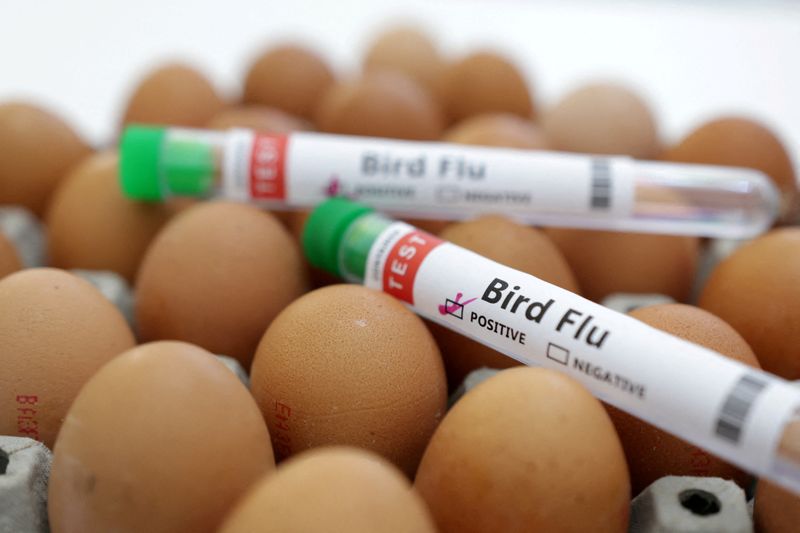Texas Agriculture Commissioner Sid Miller attributed the widening avian-flu outbreaks in cows and poultry in Texas to migratory waterfowl, predicting that wild birds carrying the virus would soon be heading north. The state has reported cases of the disease in dairy herds and a person who had contact with cows, making it the most affected state by the country’s first-ever outbreaks in cattle. The U.S. government confirmed positive tests in dairy herds in Texas, Kansas, New Mexico, Michigan, and Idaho, with the strain of the virus found in subsequent states being very similar to the strain found in the initial cases.
The virus has been spreading globally since 2022 and has infected a growing number of species. The U.S. Department of Agriculture (USDA) reported cases of bird flu in cows and milk from dairies in Texas and Kansas, with additional cases later confirmed in other states. The agency stated that transmission of the disease between cattle cannot be ruled out, raising further concerns about the potential impact of the outbreaks. Measures were taken to cull laying hens at a Texas egg farm after a positive test for bird flu was confirmed.
The risk of bird flu for humans is considered to be low by the U.S. Centers for Disease Control and Prevention, with the only symptom reported by the Texas patient being eye inflammation. Virologist Richard Webby emphasized the importance of establishing the connection between the sickness in cows and wild birds on the farms, highlighting the need for testing and surveillance to monitor the situation closely. The Texas outbreak may have begun about a month ago, affecting a significant percentage of the state’s dairy herds, potentially due to bird flu.
With the outbreak in Texas, concerns are raised about the potential for similar events in Europe and Asia, prompting surveillance efforts to detect any potential spread of the virus in other regions. Miller noted that the outbreak in Texas may have been caused by a mysterious illness that affected dairy herds, with suspicions that it could have been bird flu based on the presence of dead birds around the dairies. Efforts to monitor and control the spread of the virus are ongoing, with a focus on preventing further outbreaks and protecting livestock and human health. Additional research and testing are needed to fully understand the extent of the avian-flu outbreaks and to develop strategies for mitigation and prevention in the future.


